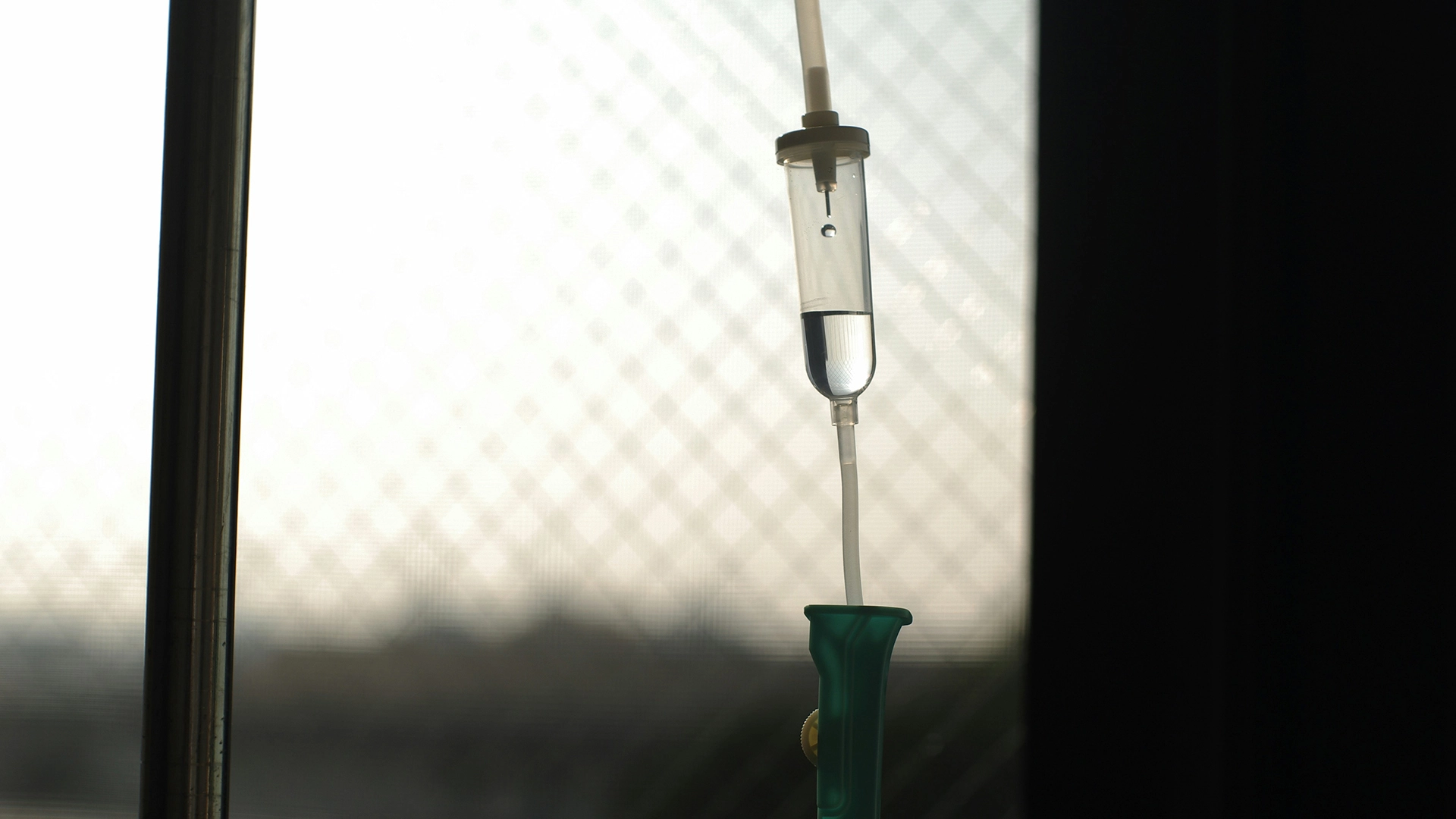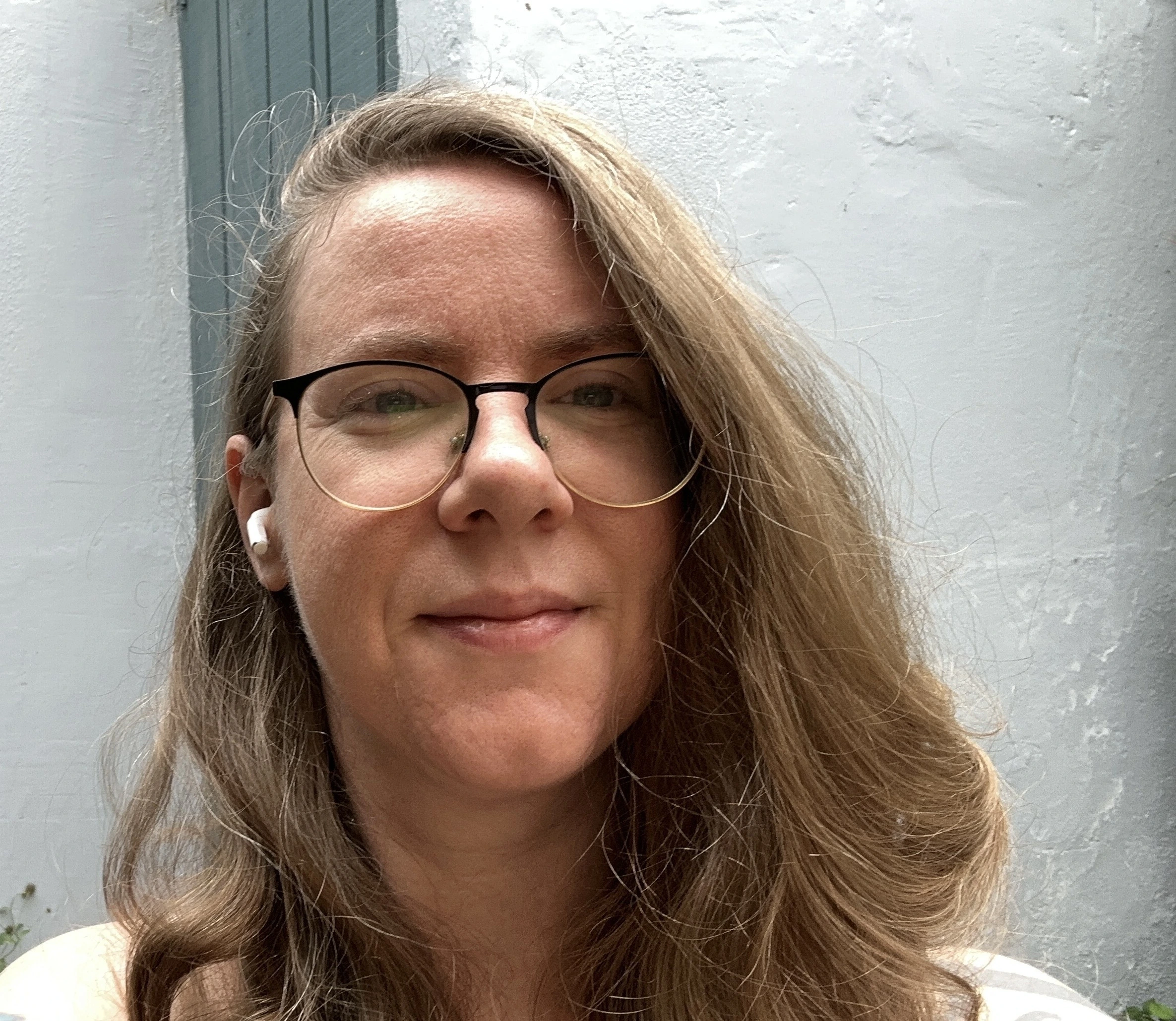
Image by Hiroshi Tsubono, from Unsplash
AI Tool Helps Clinicians Track Awareness In Unresponsive Patients
A new AI system allows doctors to detect consciousness in brain injury patients who seem unresponsive.
In a rush? Here are the quick facts:
- It identified eye-opening 4.1 days earlier than standard clinical exams.
- Mouth movements were detected in 94.1% of patients without obstructive tubes.
- AI detected an average of 5.4 responses per 10 commands, humans 2.8.
The system, called SeeMe, was detailed in a study published in Nature Communications Medicine. The researchers at Stony Brook University created SeeMe to detect small facial expressions that are barely noticeable in patients who appear unresponsive.
The system uses a camera and AI to track microscopic facial points, and compares movements after verbal commands such as “Open your eyes,” “Stick out your tongue,” and “Show me a smile.”
The research included 37 patients who were comatose after severe brain injuries together, and 16 healthy volunteers. The results showed that SeeMe identified patient awareness before doctors did. Specifically, “SeeMe detects eye-opening in comatose patients 4.1 days earlier than clinicians,” the researchers reported.
It also picked up mouth movements in 94.1% of patients without obstructive tubes. The AI system detected an average of 5.4 responses to commands during the sessions, whilst human observers could only identify 2.8 responses.
The system recorded mouth movements on day 18 after the car accident even though medical staff only noted responses starting from day 37.
Importantly, the frequency and strength of SeeMe-detected movements correlated with patient outcomes at discharge. The patients who showed more movement at the cellular level had a better chance of recovering consciousness, and achieving better functional outcomes.
“This lead time could be critical for patient care and outcomes,” the researchers wrote. Detecting subtle signs of awareness earlier could allow families and doctors to start rehabilitation sooner and adjust treatment strategies.
While SeeMe is not meant to replace clinical exams, it could become a valuable bedside tool to uncover hidden awareness that standard tests often miss.


 Previous Story
Previous Story

 Latest articles
Latest articles 